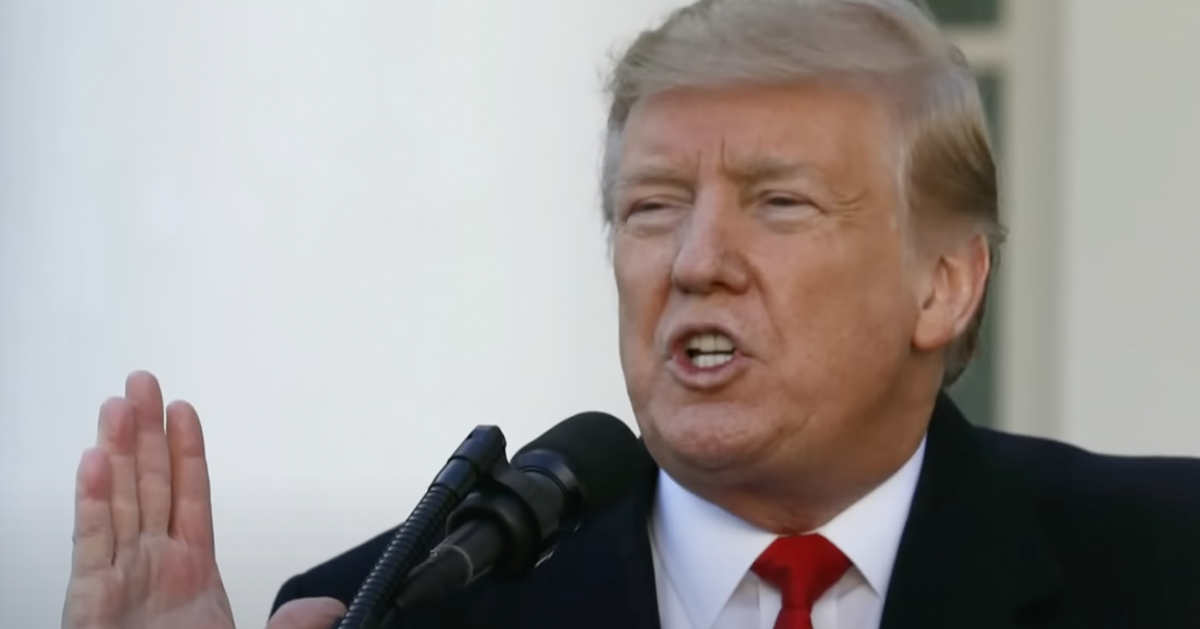Conservative Hold on Supreme Court to Endure Despite Election Outcome: Experts
The fate of the United States Supreme Court's ideological tilt remains a hot topic ahead of the Nov. 5 presidential election.
No matter the victor in the race for the White House, experts project that the conservative majority on the Supreme Court -- solidified during Donald Trump's first term -- will retain its influence, though changes in precisely who sits on the bench are a possibility, as Fox News reports.
The current bench configuration features a significant conservative tilt, a product of appointments made during Trump's administration. These appointments have cemented a long-lasting conservative control that will likely persist beyond the election.
Potential Changes in Individual Justices
While the conservative majority is set to continue, the composition of the court's members may undergo shifts following the election. Discussions have been circulating regarding possible retirements, particularly concerning Justices Clarence Thomas, Samuel Alito, Sonia Sotomayor, and Elena Kagan. These discussions revolve around factors such as age and personal considerations.
John Yoo, a law expert from U.C. Berkeley, speculates that the election results could prompt retirements. He suggests that the victory of either Vice President Kamala Harris or a potential Republican candidate might influence decisions by Justices Sotomayor and Alito regarding their tenures on the bench.
Looking back at their impact, former President Trump's term saw the nomination of three Supreme Court justices, ensuring the current conservative slant. This contrasts with President Joe Biden’s administration, which appointed Justice Ketanji Brown Jackson, replacing the liberal Justice Stephen Breyer in 2022.
Future Appointments and Their Implications
Erwin Chemerinsky, Dean of U.C. Berkeley Law School, forecasts potential changes based on the forthcoming political climate. He proposes that Justices Thomas and Alito could retire if the Republicans win, paving the way for younger conservative appointees. Conversely, under a Harris administration coupled with a Democratic Senate, Justice Sotomayor might step down, allowing for a younger liberal nominee.
Richard Epstein from NYU aligns with Chemerinsky’s expectations concerning potential retirements based on the presidency. Epstein remarks on the possibility of Sotomayor continuing her tenure if Trump prevails yet sees a likelihood of her retirement should Democrats secure the election.
The broader judicial appointments equilibrium includes appellate courts as well. Presently, there are vacancies within the federal appellate court system, with nominations pending. These appointments are critical as the federal appellate courts resolve the majority of federal cases, with only a small fraction advancing to the Supreme Court.
The Significance of Appellate Courts
Legal commentator John Yoo emphasizes the influence appellate courts wield over legal directions in the country. Given that around 99% of federal cases conclude at this level, the selection of judges here is notably consequential for shaping legal precedents.
During their terms, both President Trump and President Biden have made impactful appointments across the appellate court system. These selections contribute significantly to the overarching judicial landscape in the U.S.
Yoo further indicates that retirements on the Supreme Court may not be as influenced by political pressure as they are by personal choice. Justices operate independently of other government branches, providing them the autonomy to decide upon their retirement timeline.
Constitutional and Legislative Considerations
Ultimately, any alterations in the Supreme Court's composition and the broader judiciary landscape hinge on the intersection of congressional control and presidential agendas.
As the election date nears, both parties are poised to strategize over potential judicial vacancies. The consideration of younger nominees, particularly women and minorities, may be prioritized by Democrats as inferred by expert commentators.
This ongoing discourse underscores the continuing evolution of the judiciary in America, reflecting the dynamic interplay between law and politics.
Looking Ahead to Post-Election Scenarios
Regardless of retirements and appointments, the Supreme Court is positioned to maintain its conservative majority. The robust legal strategies employed by both major parties highlight the central role of the judiciary in shaping future policy directions.
While outcomes remain speculative, the impact of this election will ripple through the courts, affecting both immediate and long-term judicial trajectories.
As November approaches, observers and stakeholders will closely monitor any developments concerning the Supreme Court and its pivotal role in the American political landscape.




